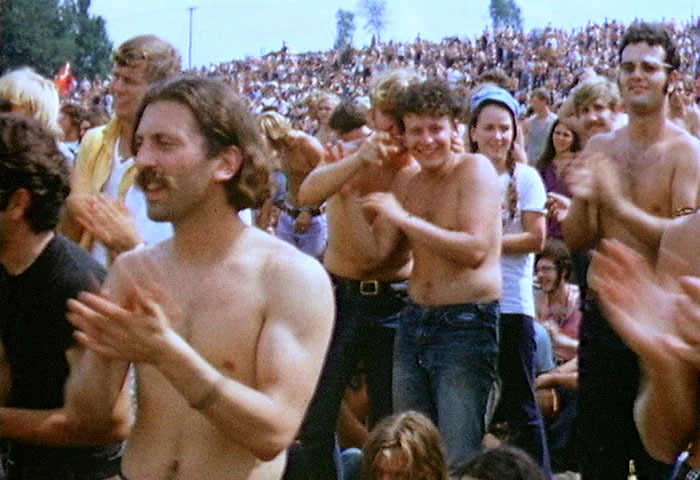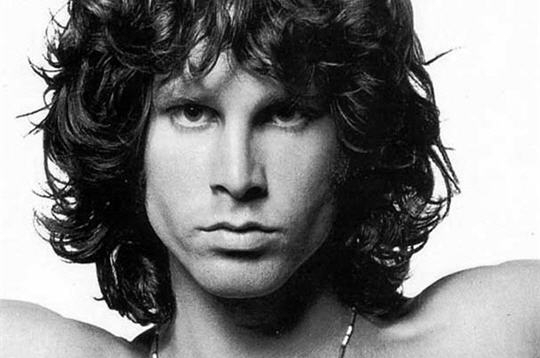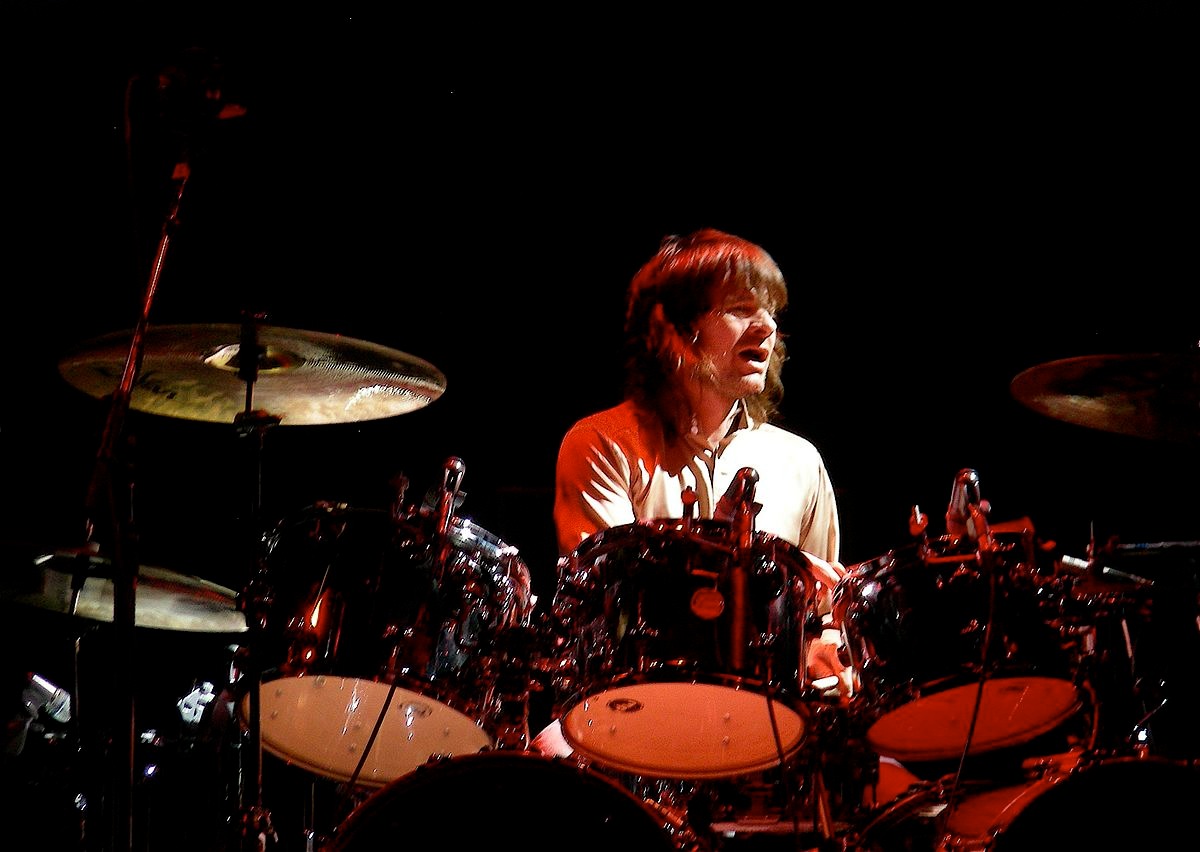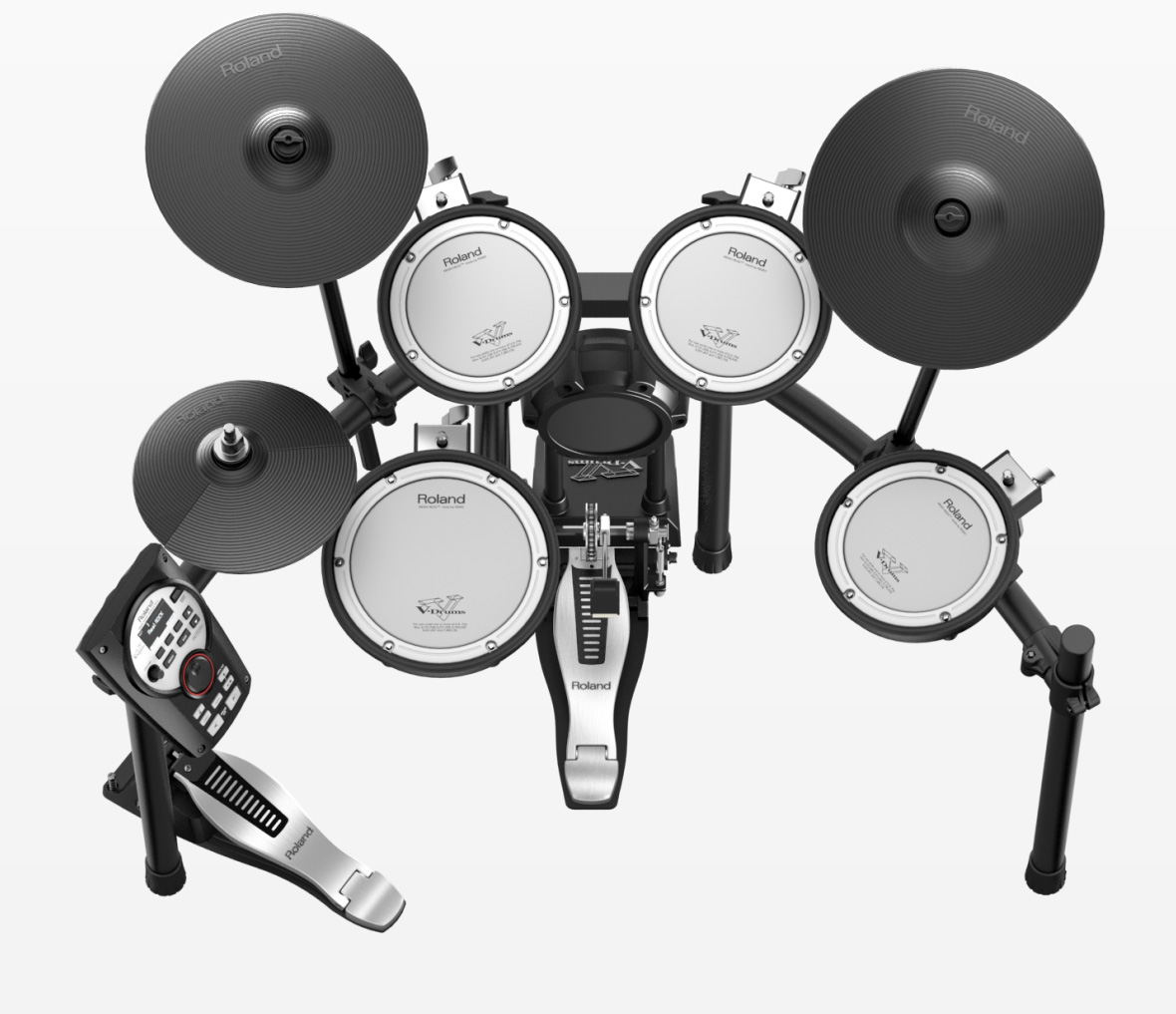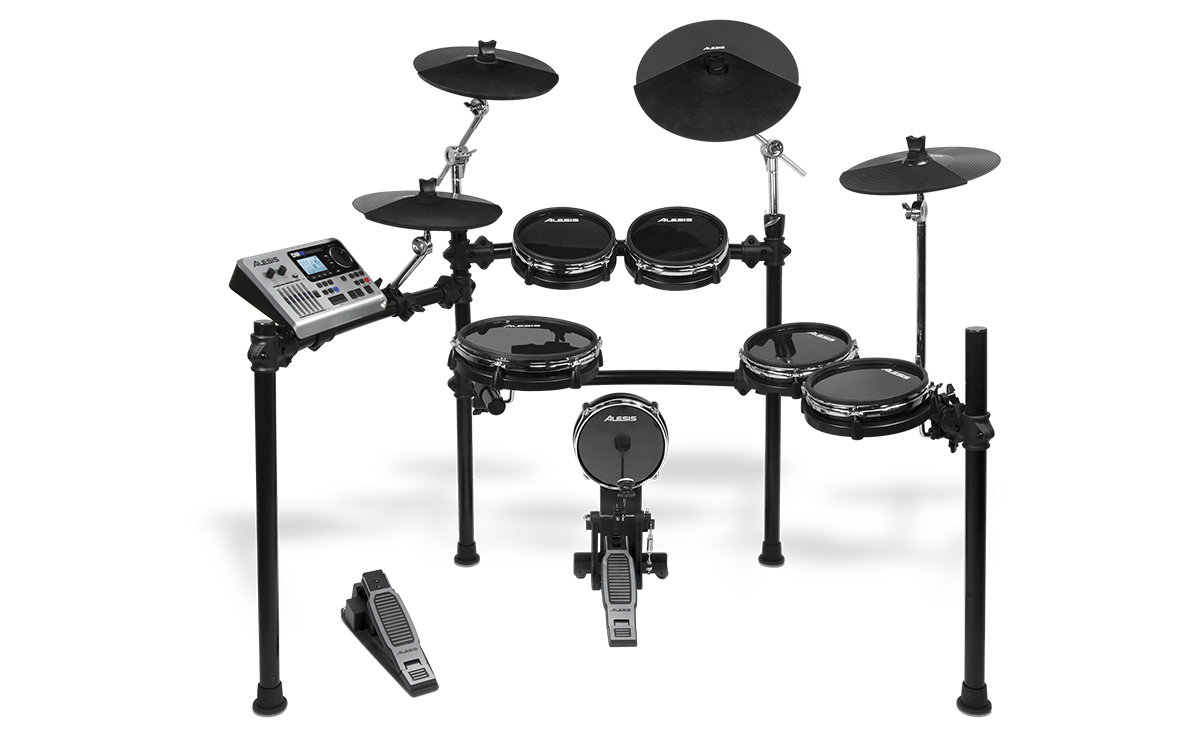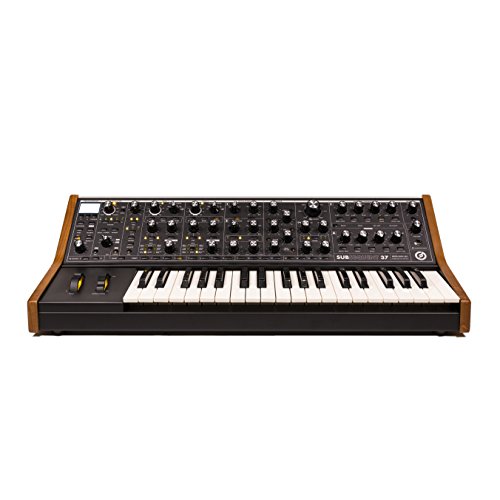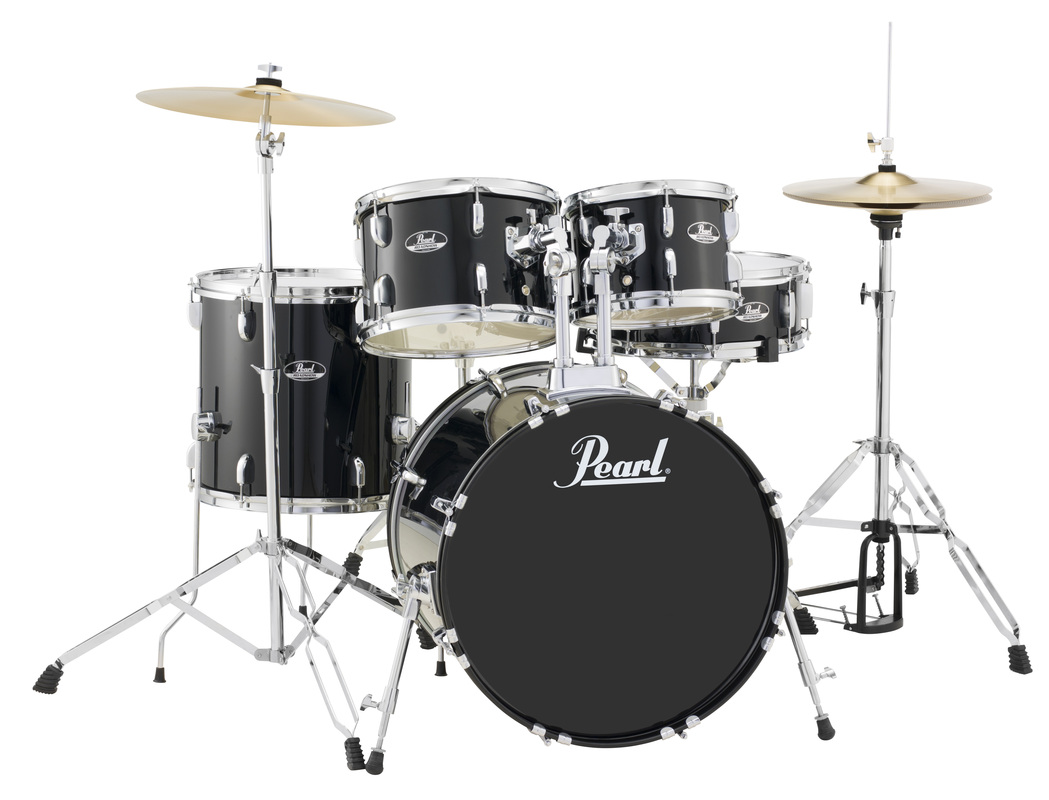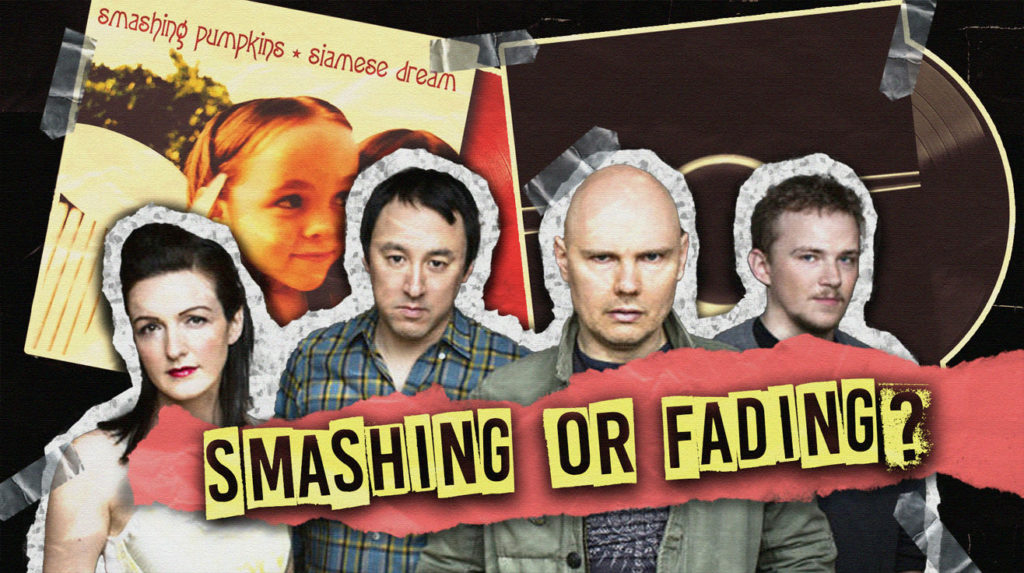
The Smashing Pumpkins rewrote alternative rock while everyone else copied the same three chords. Billy Corgan and his crew built guitar walls like sonic skyscrapers throughout the 90s. Other bands played it safe. The Pumpkins went bigger, weirder, and more emotional. Thirty years later, their albums tell the story of a band that never stopped taking risks. Some paid off brilliantly. Others? Well, you’ll see.
7. Cyr (2020): Synth-Pop Experiment
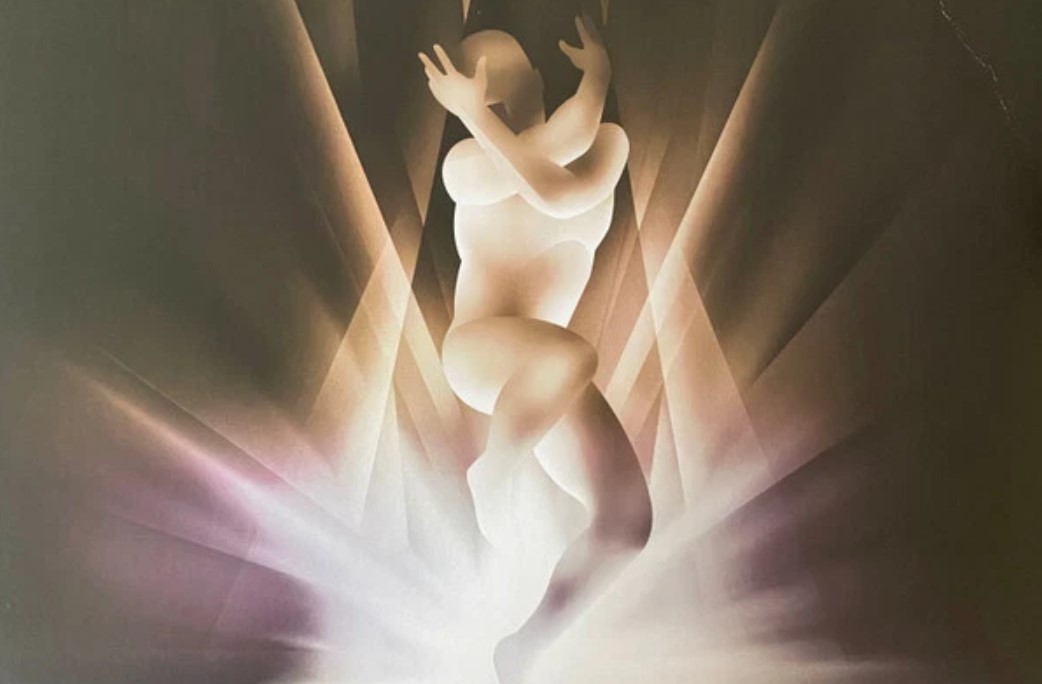
Twenty tracks of pure electronic music. Guitars mostly vanished. Drum machines took over. “Cyr” and “The Colour of Love” establish the new direction clearly. But seventy-two minutes of synth-pop grows repetitive fast.
This feels like Corgan following personal fascination instead of band strengths. Bold but ultimately unsuccessful experiment. Points for trying something completely different.
6. Shiny and Oh So Bright, Vol. 1 (2018): Reunion Blues
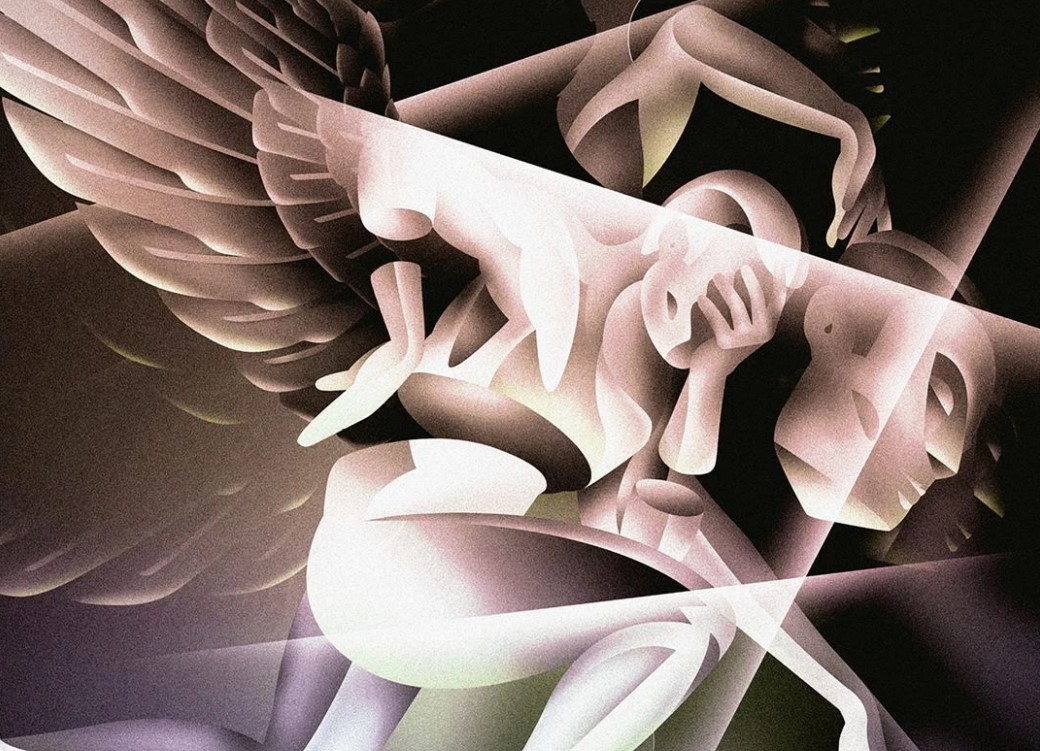
James Iha and Jimmy Chamberlin returned. Rick Rubin produced. Expectations soared. Results disappointed. “Silvery Sometimes” captures some old magic. “Solara” delivers familiar crunch. But the spark never fully ignites.
The band sounds careful instead of passionate. Like they’re protecting their legacy instead of adding to it. Reunions rarely recapture lightning. This proves the rule.
5. Machina/The Machines of God (2000): Flawed but Fascinating
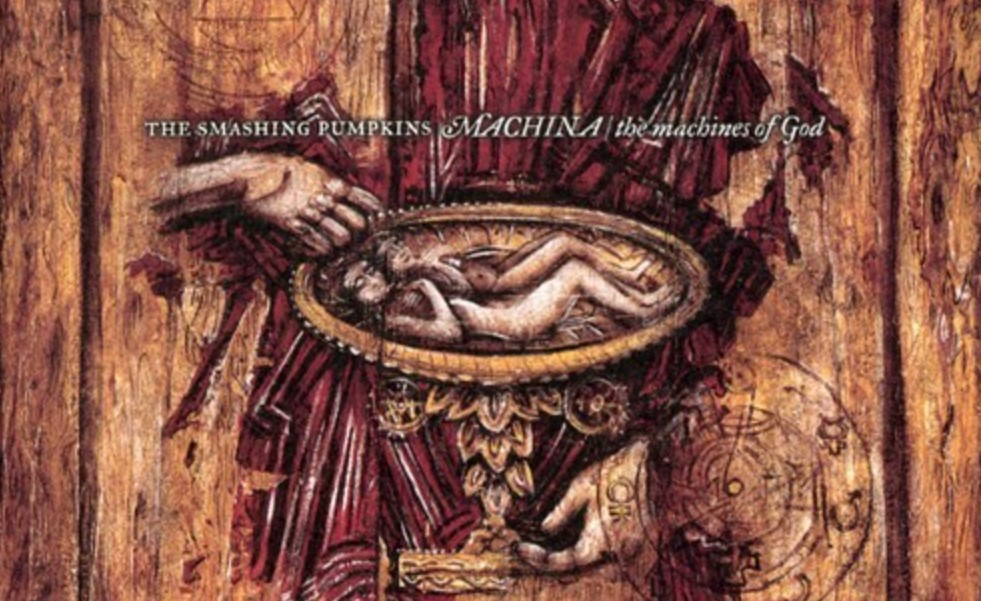
A rock opera about a rock star getting messages from God. Sounds pretentious. Often is. But underneath the concept live genuine songs. “The Everlasting Gaze” crushes with heavy riffs. “Stand Inside Your Love” soars with romantic power.
The original lineup’s swan song feels appropriately dramatic. Grand emotions and tragic context. Commercial failure couldn’t kill its artistic merits. This plays like Shakespeare’s final act.
4. Mellon Collie and the Infinite Sadness (1995): Ambitious Beyond Belief

A 28-track double album that somehow works. The Pumpkins threw everything at the wall. Orchestra hits, industrial metal, dreamy ballads, piano pieces. It all fits together like a perfect puzzle. “Tonight, Tonight” soars with strings. “Zero” crushes with metal fury. “1979” captures teenage nostalgia perfectly.
This was their commercial peak. Number one debut. Ten million copies sold. Seven Grammy nominations. The band proved alternative rock could be as epic as any arena spectacle. Raw emotion meets massive ambition.
3. Monuments to an Elegy (2014): Short and Sweet
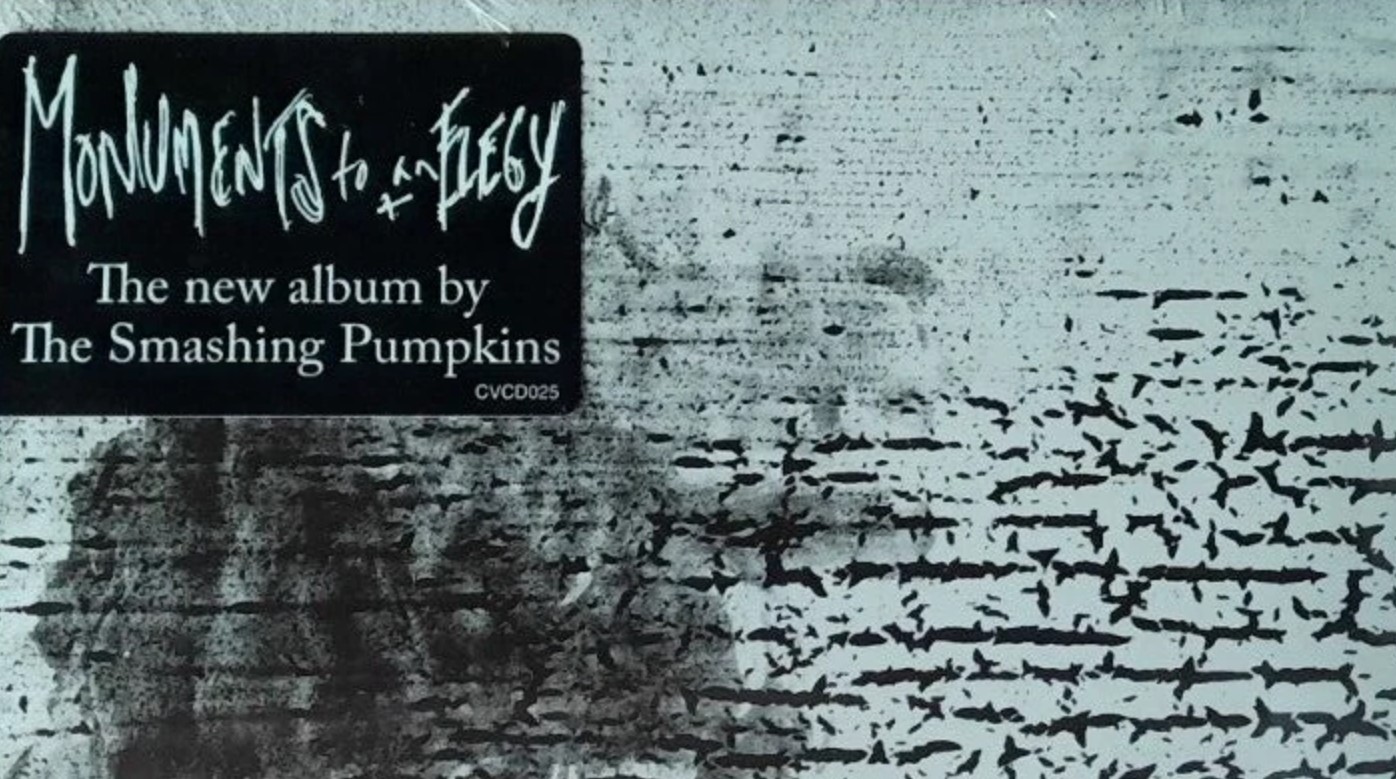
Thirty-two minutes of focused rock songs. Tommy Lee played drums. The approach stays direct. “Being Beige” and “Tiberius” prove Corgan still writes killer melodies. “Anti-Hero” delivers arena-ready choruses.
After years of sprawling concepts, this brevity refreshes. Every song earns its place. Nothing overstays its welcome. Like a well-crafted short story instead of an epic novel.
2. Gish (1991): The Blueprint That Started Everything
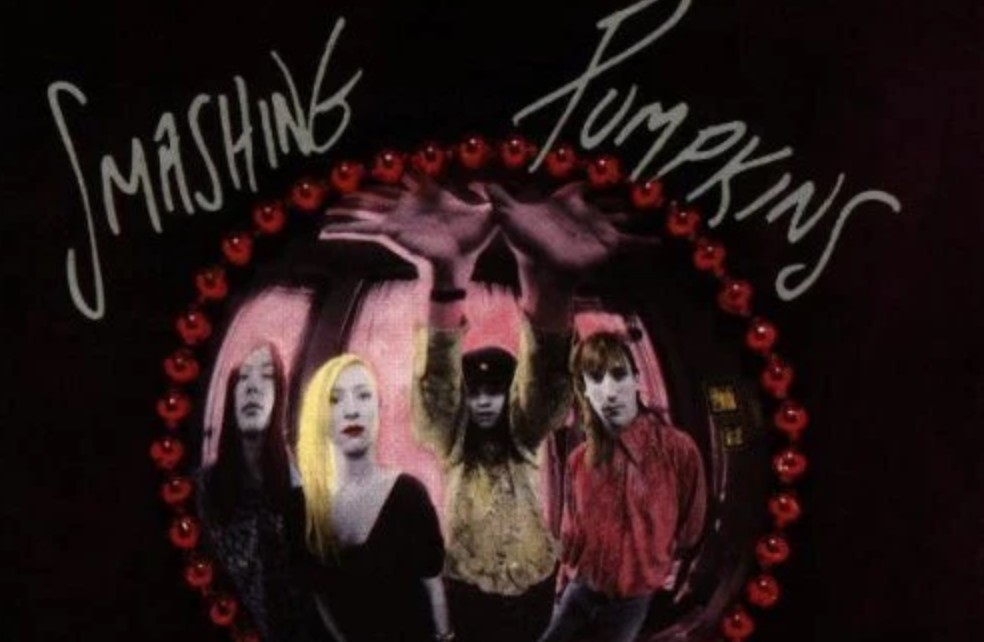
Before they conquered the world, they made this. Gish sounds like a band discovering their superpowers. The heavy parts hit harder than their peers. The quiet parts drift into space. “I Am One” grooves like hypnotic machinery. “Rhinoceros” floats through cosmic fog.
Butch Vig‘s production hints at future greatness. You can hear the Pumpkins finding their voice. Every element that made them famous starts here. This debut feels both ancient and timeless.
1. Siamese Dream (1993): The Peak of Alt-Rock Perfection
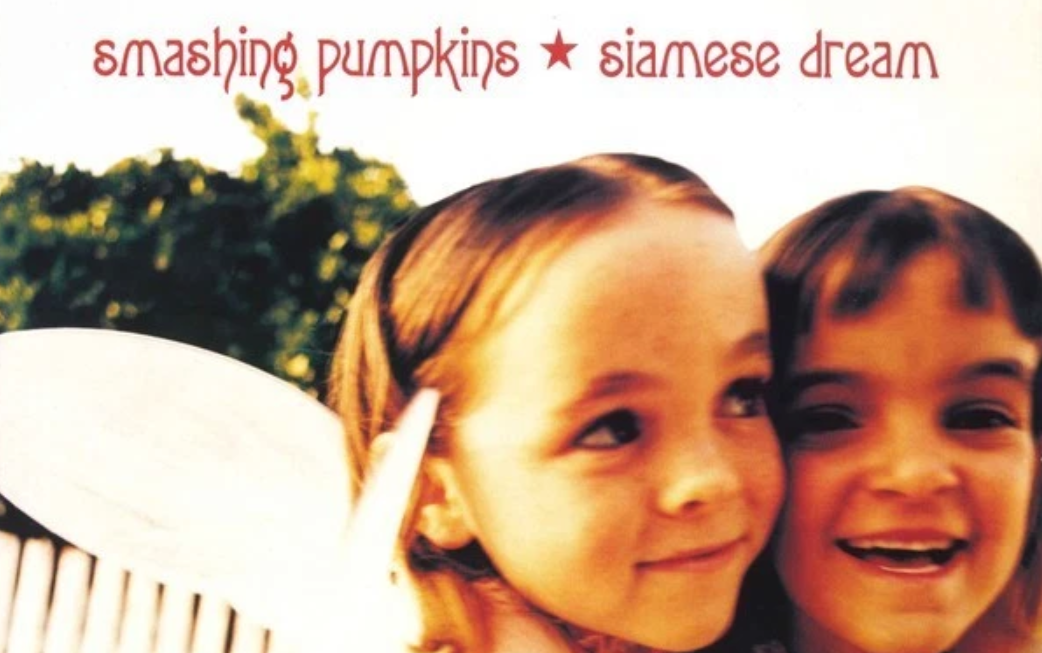
This is it. The album that proved grunge could be beautiful and brutal at the same time. Corgan battled depression while re-recording everyone else’s parts. The pain shows in every note. “Cherub Rock” hits like lightning. “Today” wraps dark thoughts in sunny melodies. “Disarm” strips away the noise to reveal pure emotion.
The production is perfect. Every guitar layer serves a purpose. Butch Vig captured magic in the studio. This album defined 90s alternative rock. Everything the Pumpkins did before led here. Everything after tried to recapture this lightning.








